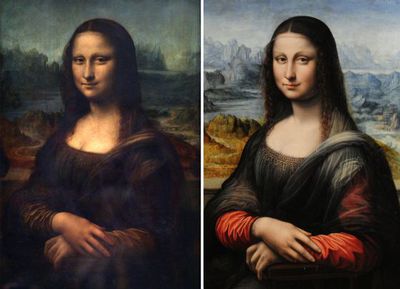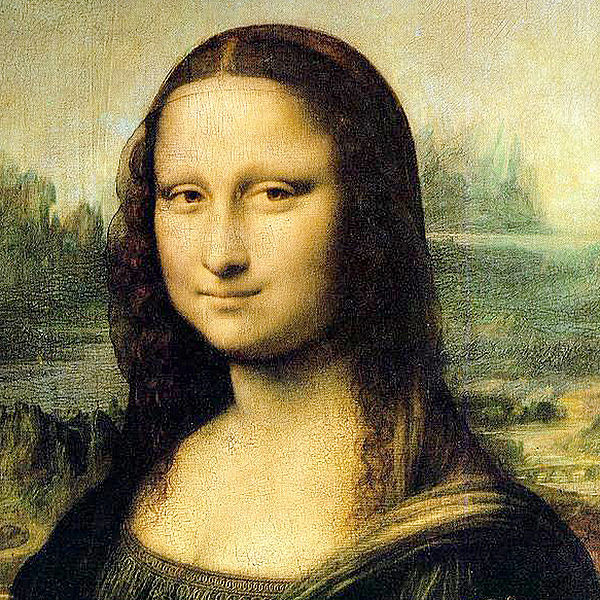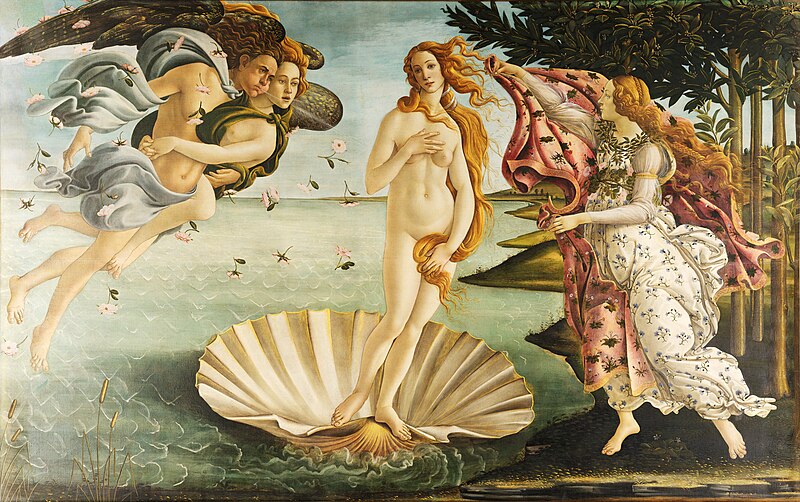Maybe you haven't heard too much about Nottingham. I'm going to write something about it because I was there some days ago. I'm going to start with the legend of the city.
Nottingham is known because of the Robin Hood's legend. According to the legend, Robin Hood was a man called Robin Longstride or Robin of Locksley. He was hidden in the Sherwood forest, near Nott'm. He was a great archer and defender of the poor people. He fought against the Nottingham's sheriff and the prince John Lackland (Juan sin tierra), who used the army and the police to take up the people's goods.
The Major Oak, a millenary tree in the Sherwood Forest.
Newstead Abbey
John Lackland
Many historians have tried to discover if Robin existed. They identified many possible men, but none coincides strictly with the legend.
As I have said before, the legend says that Robin Hood was hidden in the Sherwood forest. We went to the forest and there, there is an abbey called Newstead Abbey where the poet Lord Byron lived for some years. Newstead Abbey wasn't an abbey when the poet lived there with his mum because when the king Henry VIII imposed Anglicanism in his territories, the monks were expelled from the monasteries.
Lord Byron
The city of Nott'm has around 300,000 inhabitants, however, it hasn't many historical buildings or places. The most interesting ones are the Council House, The City of Caves, the Nottingham Castle and the Galleries of Justice.
The City of Caves is the name used to call the caves dug behind the city some centuries ago. People dug them to have bigger houses without paying more taxes. Many of them formed a subterranean city. When we went there, the guide explained that they were also used as refuges during the Blitz, the constant bombing of the UK by the Luftwaffe (German Air Force) between the 7th September 1940 until 16th May 1941 (part of WW2). He said that one of the caves has capacity for around 8,000 people.
The City of Caves
Propaganda's poster against the Blitz.
The Galleries of Justice are also very interesting. There we could see what the justice was like some centuries ago. First of all, the guide explained us that the prisioners sentenced to death were hanged in public executions until 1864. He also said that the corpses of the executed were put up in public until they became descomposed. Then we saw the cells and the guide explained the way of life of the prisioners.
Gallows in the Galleries of Justice
During the Victorian era (1837-1901, a period of expansion of the British Empire, but a period of big inequalities and opression of the enormous low class too), the guide said, the prisioners were submitted to very hard conditions. They were isolated in the cell 23 hours a day, and they went out to a small courtyard one hour a day. In this hour they had to wear a mask that covered all their faces, they couldn't speak with the other prisioners and they had to walk continuously on a line painted on the floor. Prisioners, children many times, lived only with their thinking and a lot of them became crazy. We could also see the names of the prisioners engraved by them on the walls of the courtyard some centuries ago.
Queen Victoria
We also visited the Nott'm Castle. It was a little boring but we could see the statue of Robin Hood there.
Robin Hood's statue
Apart from Newstead Abbey and the Sherwood forest, we did a trip to another place, Chatsworth House. It is the seat of the Duke of Devonshire, and has belonged to his family, the Cavendish family, one of the most influent families of the UK, since 1549. There we could see a lot of works of art, many of them were from Egypt. Around the house, there are kilometres of gardens and forests, and the River Derwent.
Chatsworth House
Chatsworth House
Now I'm going to write something about the meals. As you probably know, in the UK the breakfast is at seven o'clock more or less, but they don't usually eat eggs with bacon and things like that. They usually eat cold milk without chocolate, cereals and toasts. The lunch is at half past twelve and they usually have dinner at seven o'clock more or less. And if you like fast and spicy food, England is your country. I prefer cocido :)
In the house where I was living, there were two Chinese boys, two French boys, my host mother, my host brother and me, so it was a great multicultural experience. When I arrived my host brother went to school yet! He explained to me that in England, the students have six weeks of holidays in summer, but during the course they have one week of holidays every six weeks. The Chinese boys were hard followers of the "communist" regime and the French were good guys.
As you probably heard on TV, George of Cambridge, son of the Dukes of Cambridge, was born on the 22nd of July. I have added an article of the BBC:
The news usually say that the British Crown enjoys a great support of the population, but my family says to me that this is not true.
I want to write something about the BBC too. The BBC is the public service of comunication of the UK. It's the biggest company of communication of the world, with 23,000 workers. But above all, it is known because it is an entity independent from the influence of the politicians and the private companies. So, it broadcasts very imparcial, reliable and objective news. The problem is that if you want to watch it in your house you have to pay around 150 pounds a year, so not all the people can enjoy good information. Here I put the website:
Regarding to the lessons, I think that they were enjoyable and we have a lot of time of breaks, but there you can learn a lot because we only practiced speaking, that is the best way of learning a language, not only learning grammar as in Spain. I don't know if the lessons in the rest English High Schools are in this way, but I think that it's a good way of learning. We were around 15 in the class, not 30 as in Spain.
Other famous places in the UK are the pubs. I'm sure you have heard about them. When I arrived I was surprised because there aren't too many pubs in the centre of the city. The centre is full of fast food restaurants like McDonalds, Burguer King, Pizza Hut, Starbucks, etc.
Pub of Nottingham
When we were there, the Rayo Vallecano played a match against the Notts County (one of the two football teams of the city), but we didn't go to watch it because we didn't know about it until two hours before the match started. The match finished with a draw (2-2).
Notts County vs Rayo Vallecano
I invite you to travel to England and around the world as much as possible, you will enjoy, however it's better to go when you are older and you can work. Travelling enriches as much as reading because in addition to learn the language, when you travel you learn about other cultures, even if the globalization process is killing multiculturalism and transforming all the cultures in only one. And if you like buying things prices are lower than in Spain now! ahahah.
I hope that the post has been interesting for you! See you and enjoy the summer!
I'll put more photos.





 Source:
Source:  Source:
Source:  Source:
Source: Source:
Source: Source:
Source:  Source:
Source:















.jpg)

.jpg)



.jpg)
.jpg)

.jpg)

.jpg)
.jpg)
.jpg)




